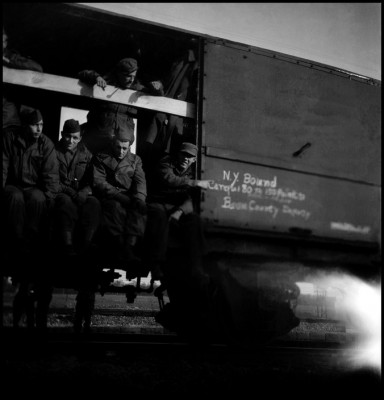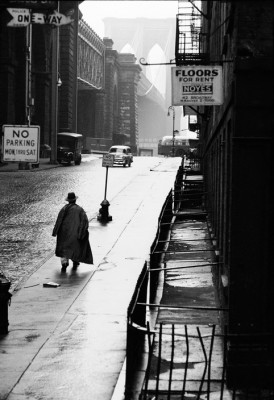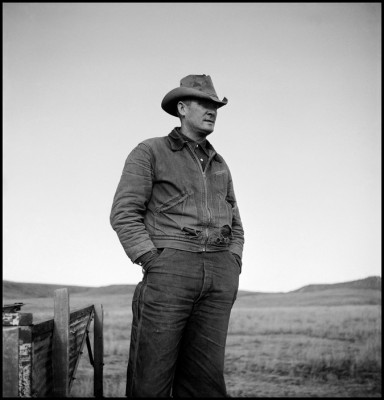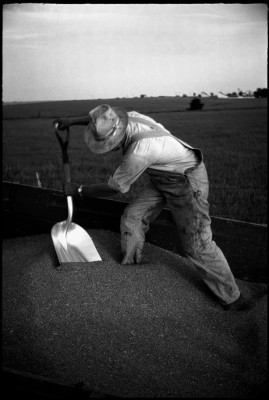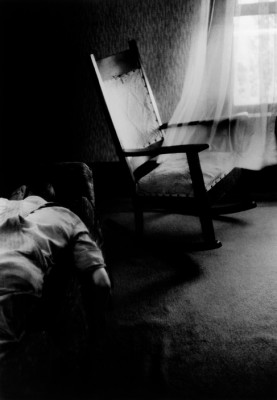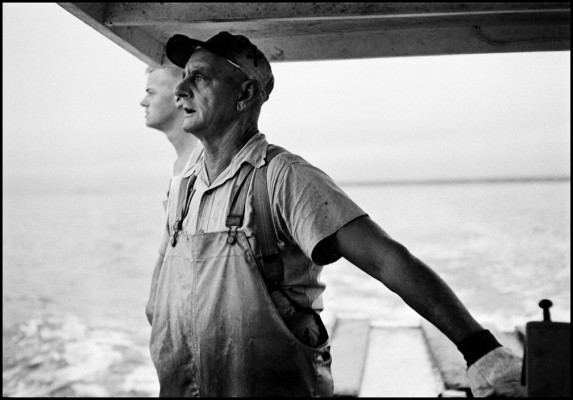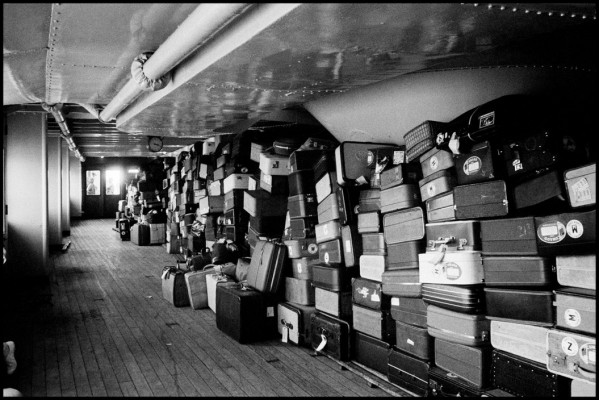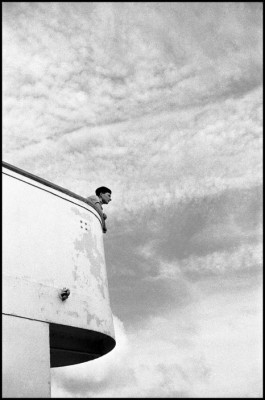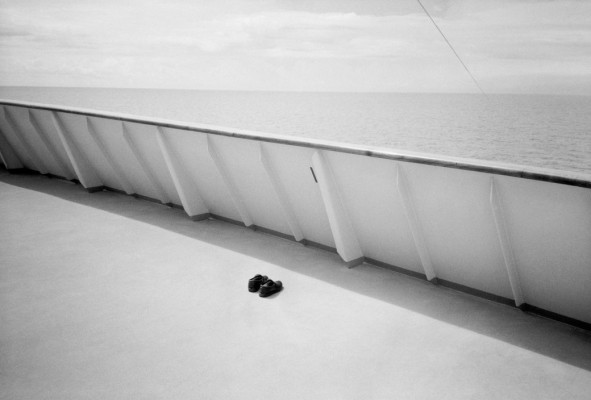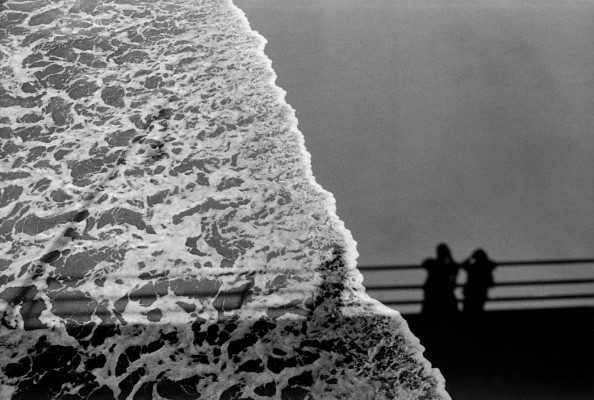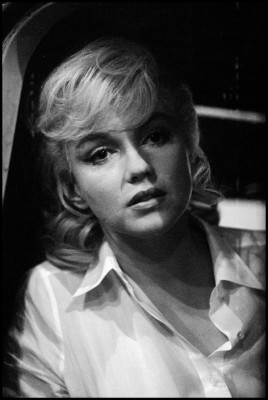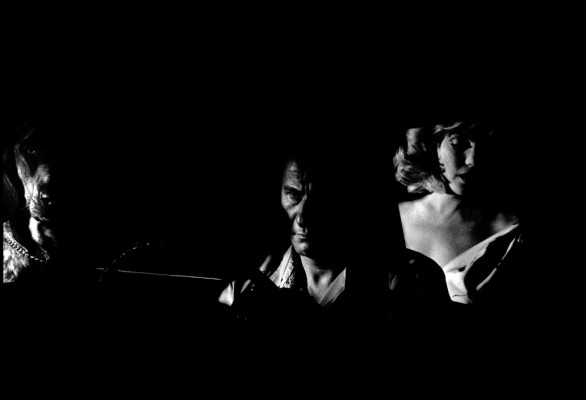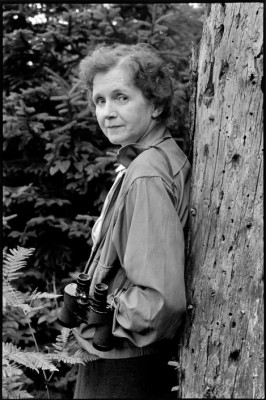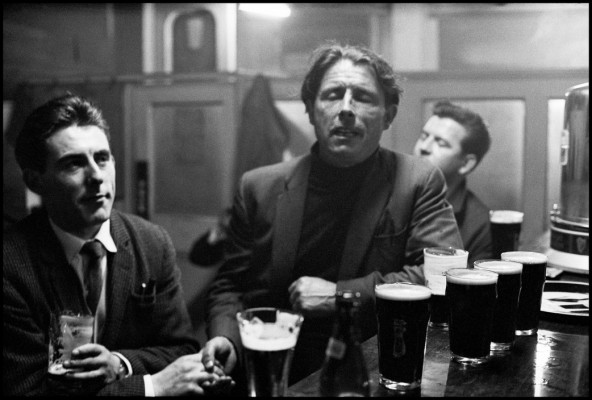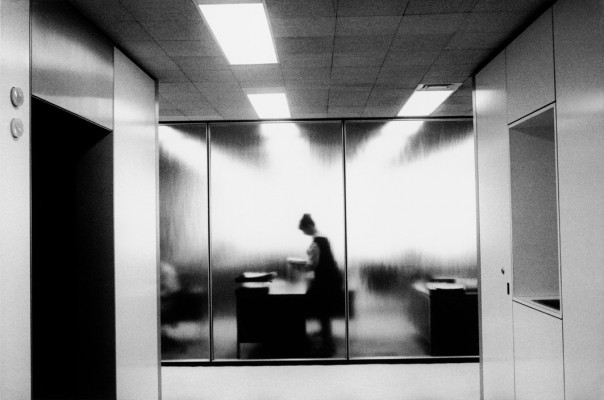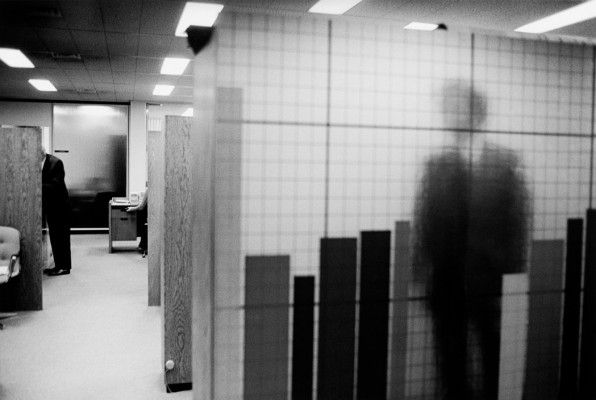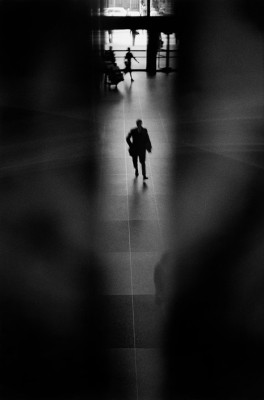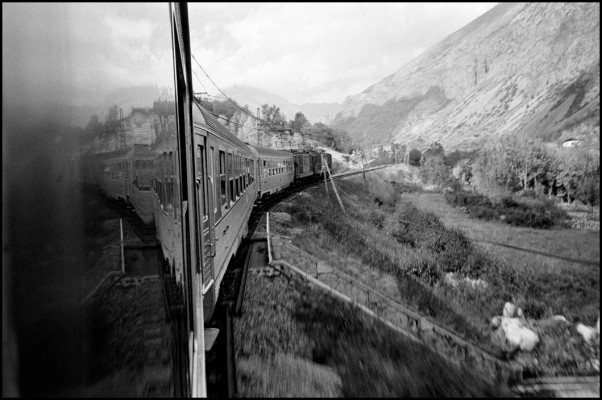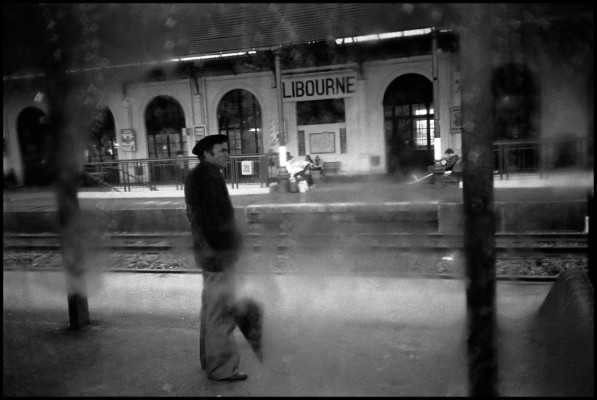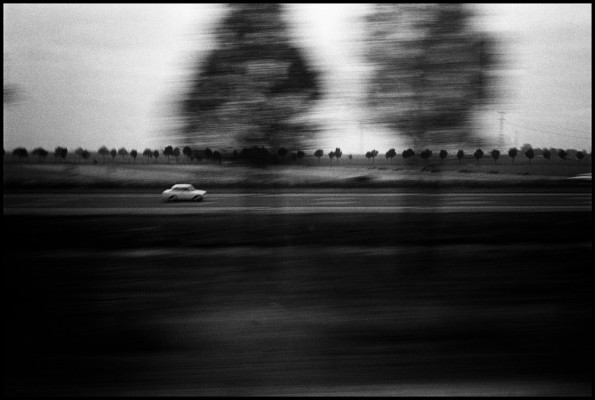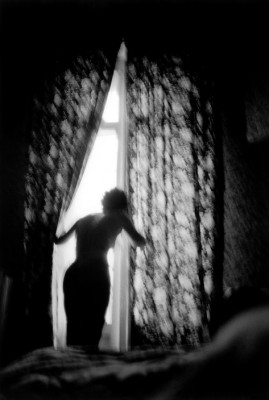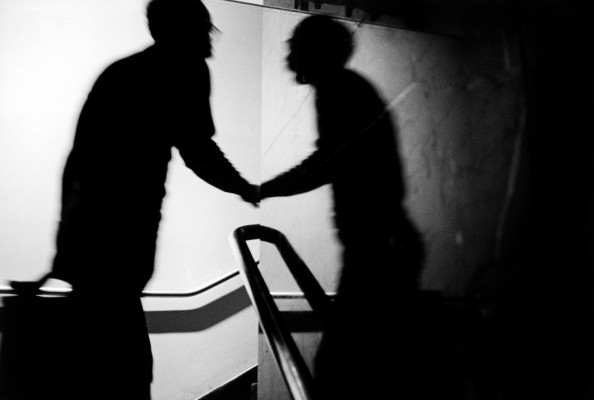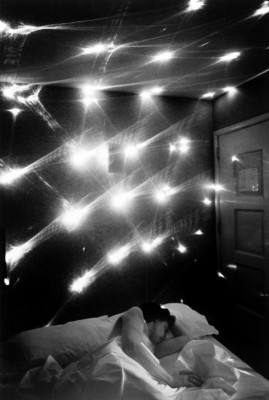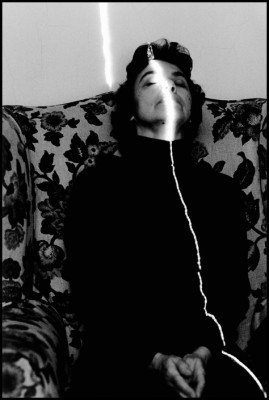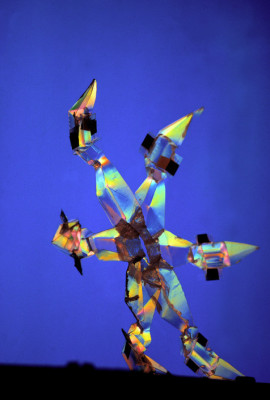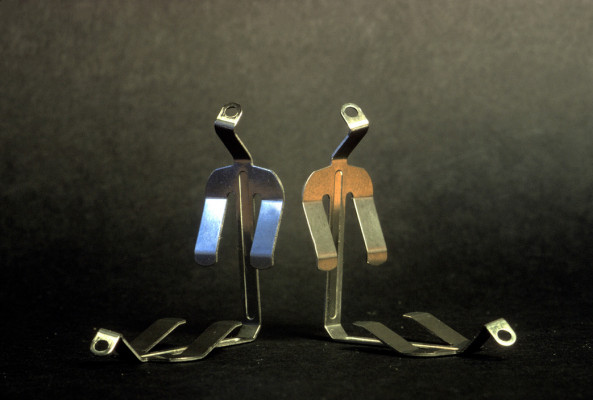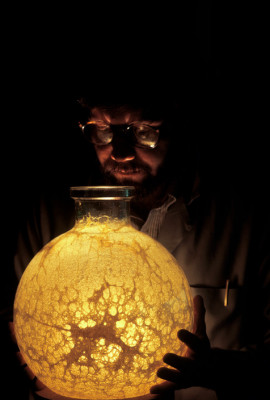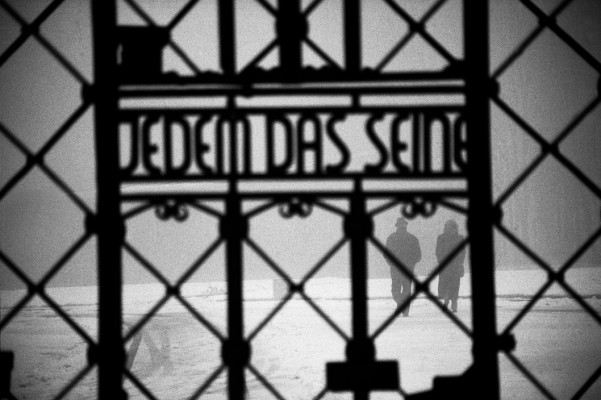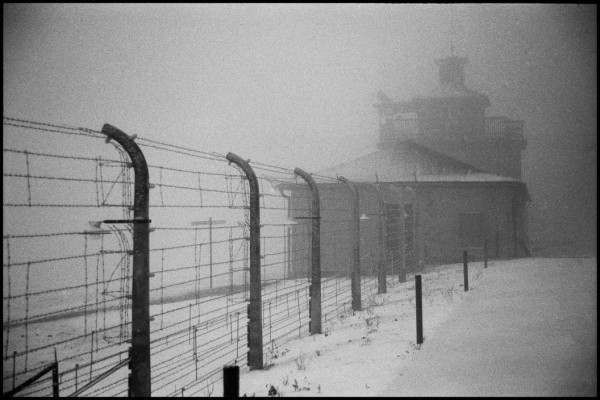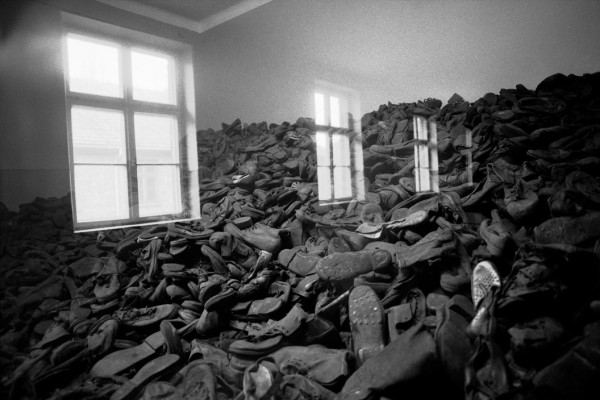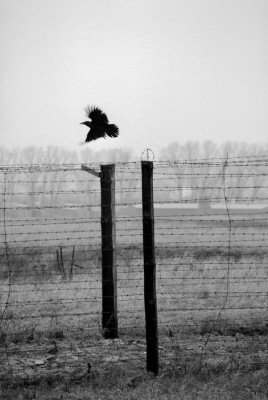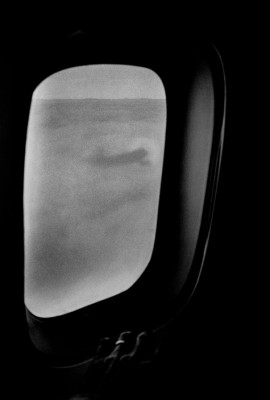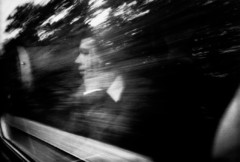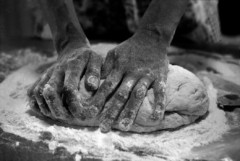Erich Hartmann’s work documenting the crumbling artefacts and remnants of Europe’s concentration camps
"A large portion of my work is concerned with people because people are the most inventive and news-making part of our lives. Yet I am as much attracted to the evidence of their presence and efforts, whether good or evil, as I am to the people themselves."
- Erich Hartmann
Born in Munich in 1922, Erich Hartmann was 16 years old when he went with his family in 1938 to Albany, New York as a refugee from Nazi Germany. The only English speaker in the family, he worked in a textile mill, attending evening high school and later taking night courses at Siena College. He enlisted in the US Army, serving in England, France, Belgium, and Germany. At the end of the war he moved to New York City, where he worked as an assistant to a portrait photographer and then as a freelancer.
Hartmann first became known to the wider public through his work for Fortune magazine in the 1950s. His poetic approach to science, industry, and architecture shone through the photo essays “Shapes of Sound,” “The Building of Saint Lawrence Seaway,” and “The Deep North.” He later did similar essays on the poetics of science and technology for French, German, and American Geo and other magazines. Invited to join Magnum in 1952, he was on the board of directors for many years, becoming president in 1985.
Throughout his career, he pursued many long-term personal projects and photographic interpretations with literary echoes such as Shakespeare’s England, Joyce’s Dublin, and Thomas Hardy’s Wessex. He also explored abstract representations of ink-drops in water, patterns of laser light, and the beauty of tiny components of technology. In his later years, he photographed the remains of the Nazi concentration camps, resulting in a book and exhibition, In the Camps. At the time of his death he was engaged in a photo project he called “Music Everywhere.”
Erich Hartmann died in New York City on February 4, 1999.



